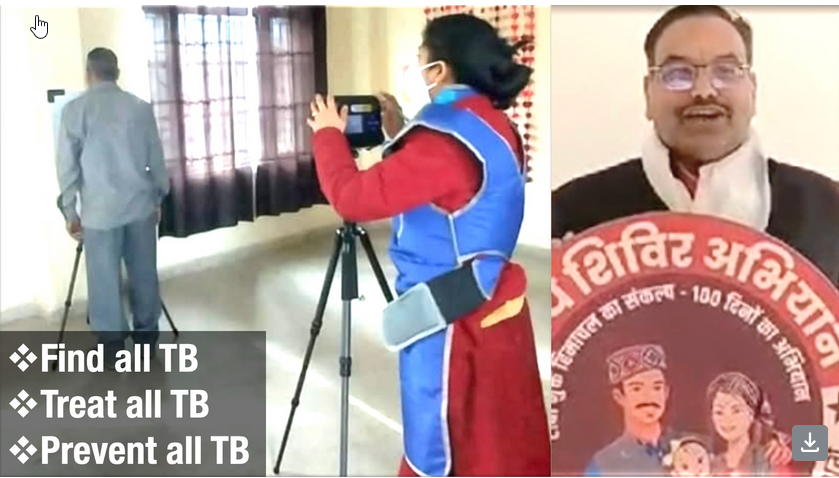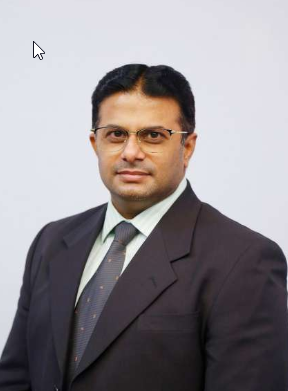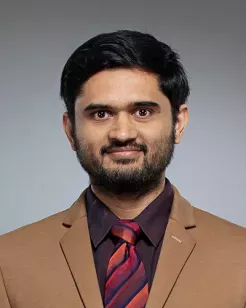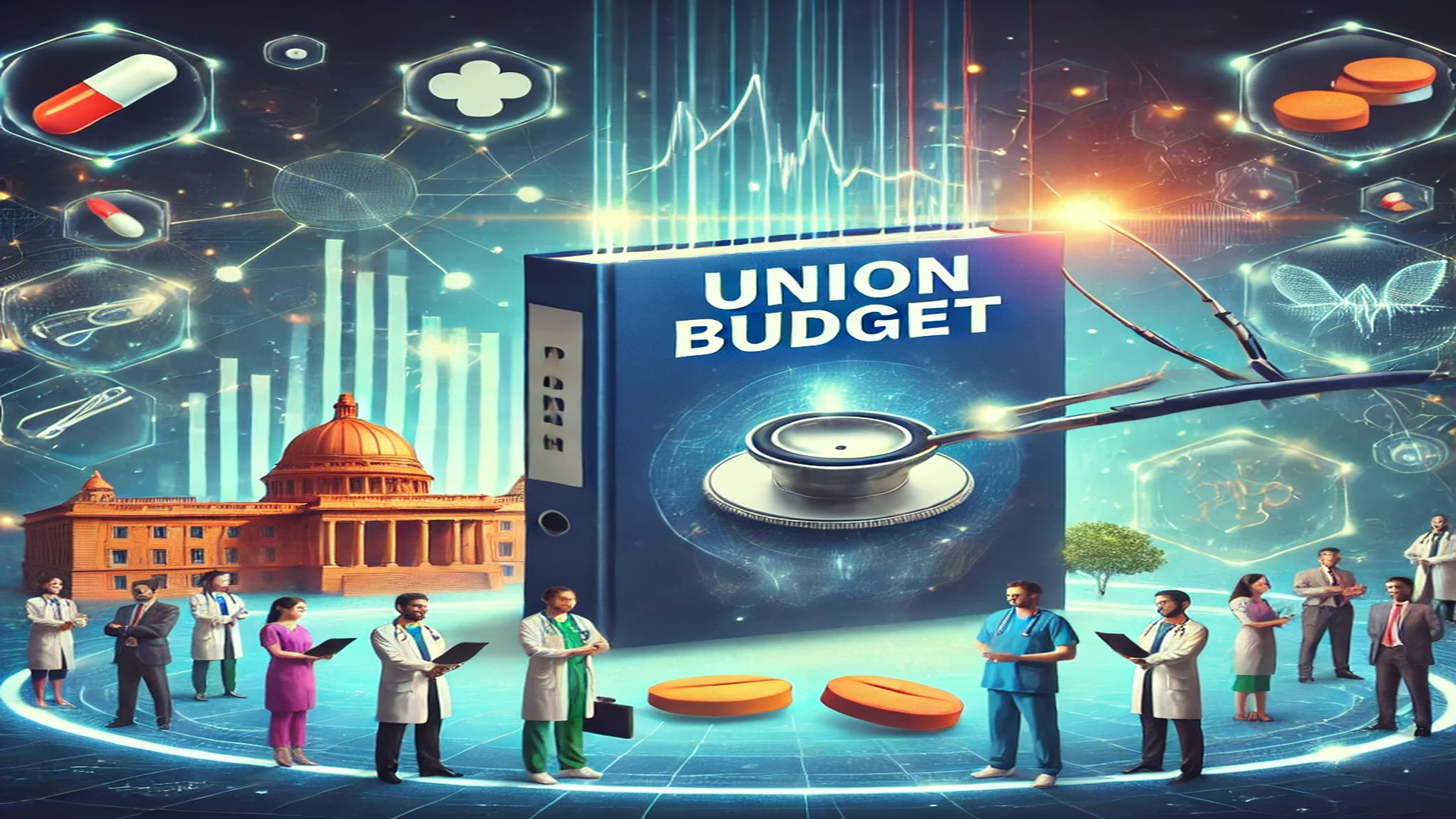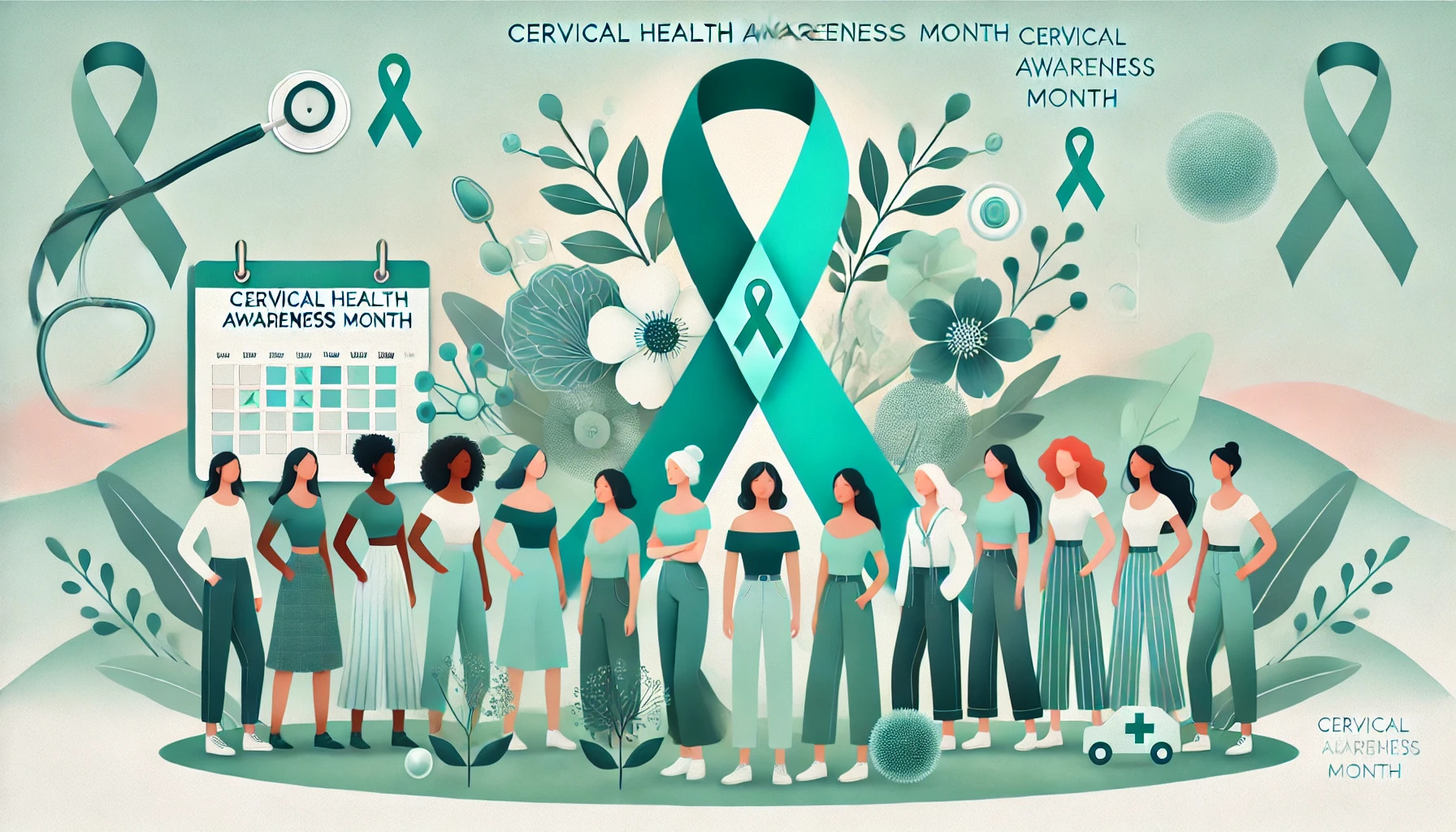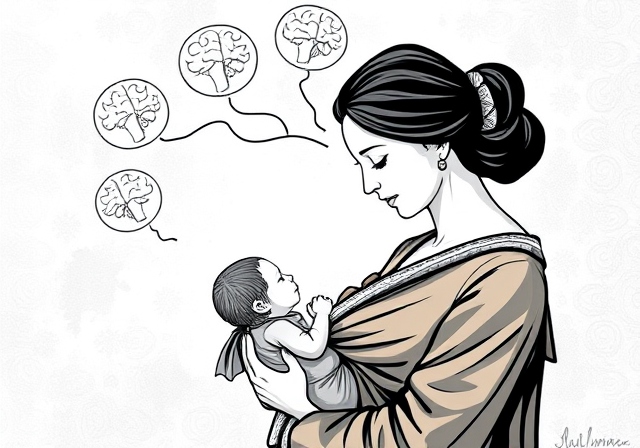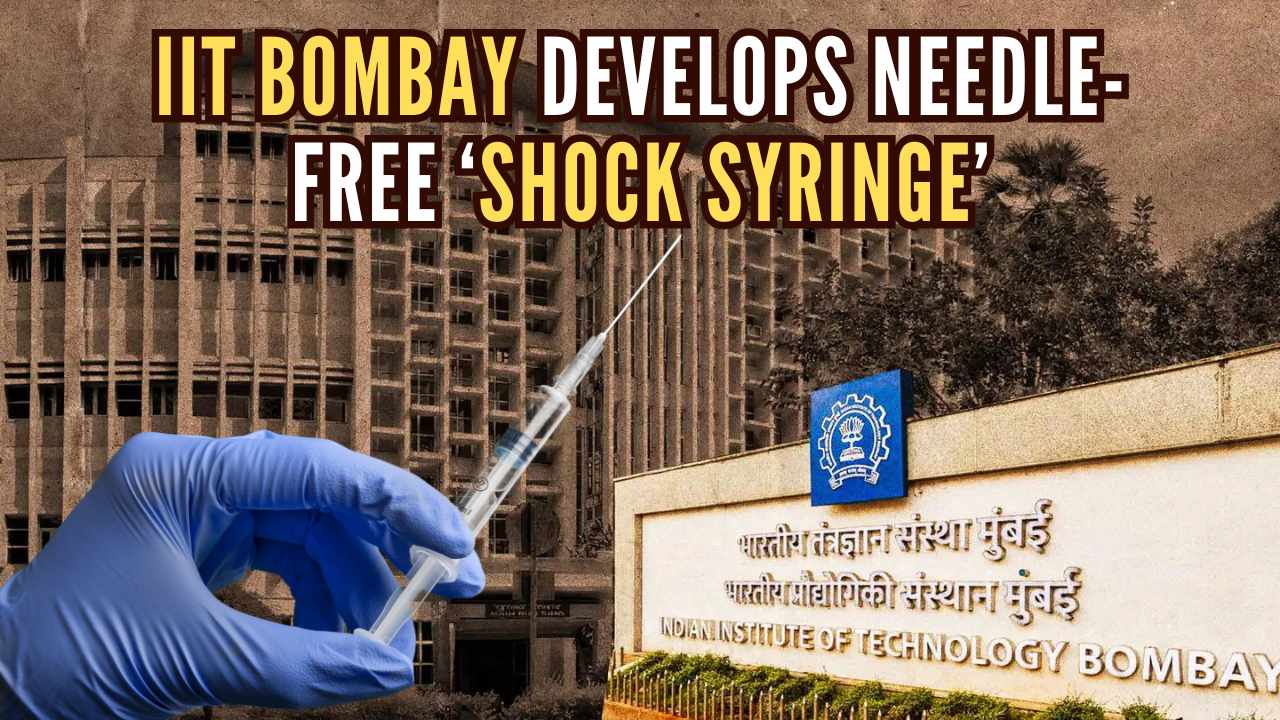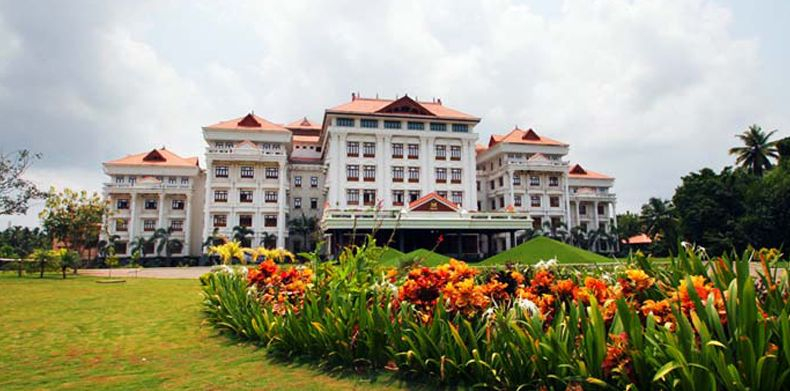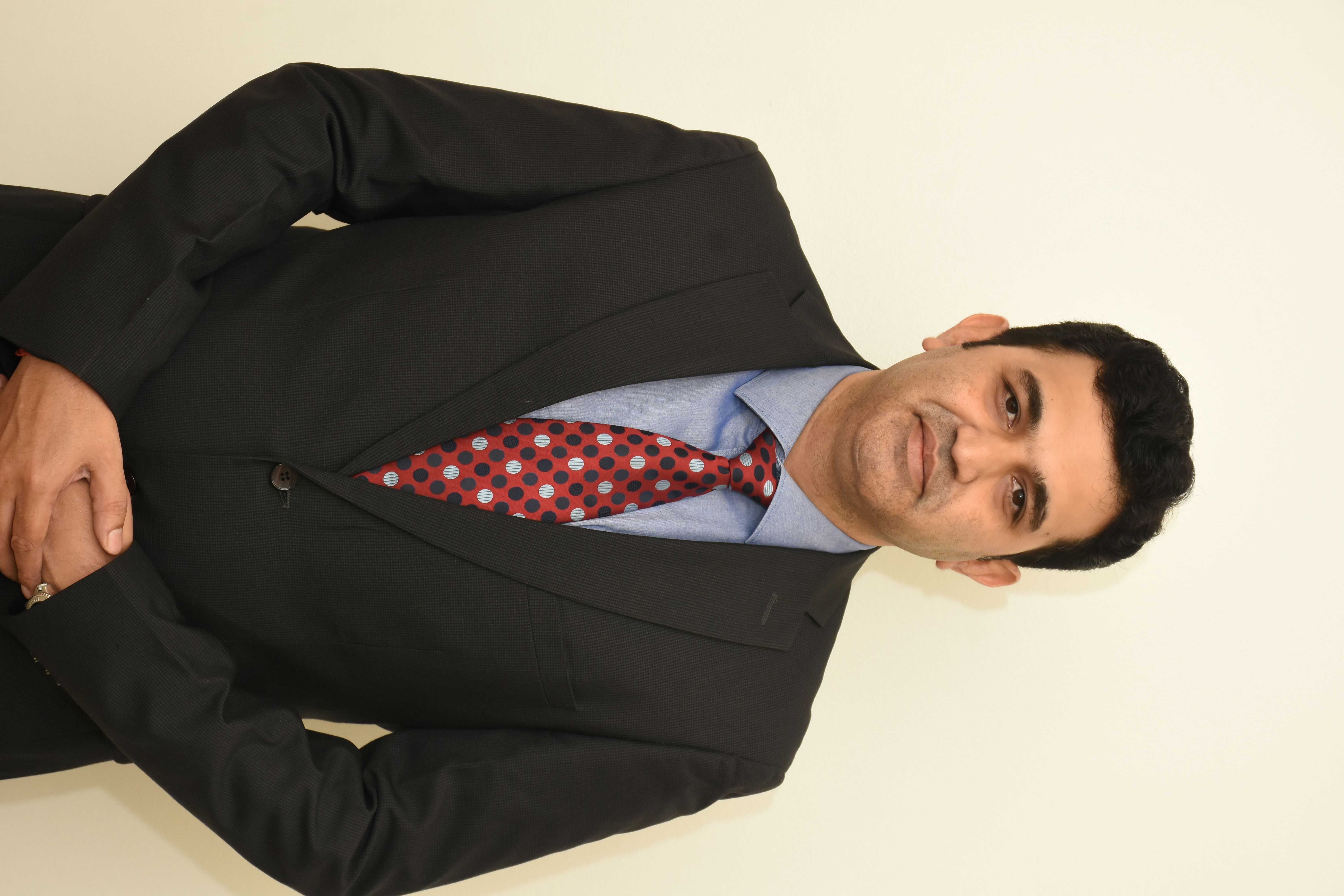The COVID-19 outbreak has had a major impact on radiology laboratories since the past year. Early and accurate diagnosis of COVID-19 is critical to curbing its spread and improving health outcomes. Radiologists are playing a great role in this regard. It has been a tough challenge for these COVID warriors and we are honored to have conversations with them on this topic. Through this series, Medicircle aims to create awareness about the role of Diagnosis in COVID-19 from the perspective of eminent Radiologists.
Dr. Sudhir Navale is the Founder Director of Future Teleradiology Solutions which is a team of 250 Radiology/Nuclear Physician experts in online PET CT, MRI, CT X-RAY/radiograph reporting. Through his organization, he offers 24 hrs and 365-day teleradiology coverage and serves 500 diagnostic centers, AI artificial intelligence firms, and state government PPP projects.
Role of CT Scan in Covid
Dr. Navale says, “CT Scan in the covid times is being used to see lung involvement of the virus. It might not be necessary in all cases. Not all reports whether RT PCR or CT Scan can have 100 % accuracy. They can be false positive or false negative. CT Scan after RT PCR is done for better clinical judgment. These reports are not alternatives to each other but a combined effort for a better clinical outcome. While RTPCR ascertains whether one is Covid positive or not, CT Scan helps in studying the extent of lung involvement in the positive cases so that clinicians are in a better position to proceed with the treatment.”
There is no hard and fast dictum of CT Scan about Covid
Dr. Navale points out, “There is no dictum regarding when to do CT Scan. In today’s scenario, CT Scan is not easy as there is so much crowd in such centers. One should go for it if necessary, as advised by clinicians. The best part about it in these tough times is that CT Scan reports are still coming on time in India, despite the rush."
CT severity score should only be considered for combined prognosis
Dr. Navale mentions, “CT severity score has gained lots of sudden popularity these days. It should not be given more significance than what the symptoms of Corona are indicating or what the oxygen saturation level is indicating. CT severity score is not an isolated parameter, rather a combined parameter for accurate prognosis and this is how it should be viewed. Clinically, how the patient is doing should be given more significance than the CT severity score.”
CT Scan is helping in segregation more than diagnosis
Dr. Navale emphasizes, “ CT Scan is helping out to find the extent of lung involvement to take certain clinical decisions in the times of scarcity of resources. It is functioning more as a segregation tool than a diagnosis tool. The findings of the CT Scan reports help clinicians in understanding whom to advise home isolation and whom to advise hospitalization. So, CT Scan is being used to decide the urgency of the matter.”
How is Future Teleradiology Solutions serving
Dr. Navale mentions, “Teleradiology which is an online platform is an in-thing during the pandemic but we have been doing it before the Covid times. Teleradiology is still a new branch in our country and hence there is an imbalance of demand and supply. Teleradiology allows trained specialists to be available 24/7 not only in urban areas but in remote areas as well. We work on the model of the transmission of images such as X-rays, CTs, and MRIs, from one location to another to share studies with other radiologists and physicians, producing round-the-clock reports. Through the online platform, Future Teleradiology Solutions is providing critical care. Our network of professionals are not only located in India but they are also Indian origin doctors practicing in places like the UK. Medical quality images can be sent to our central server from any small nook and corner of our country. We redistribute it to our network of radiologists and produce round-the-clock reports no matter where the patient is stationed. This is of special significance in these critical times,” says Dr. Navale.
(Edited by Amrita Priya)
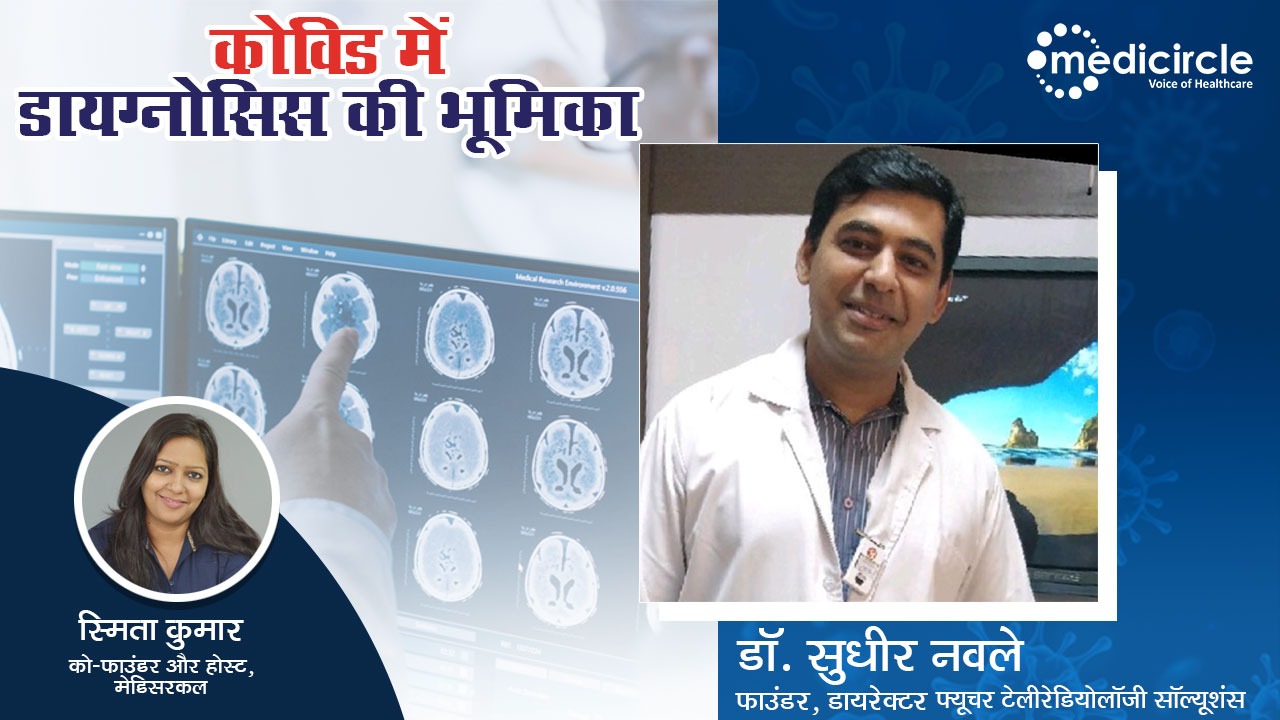
 Dr. Sudhir Navale, Founder Director of Future Teleradiology Solutions sheds light on the role of CT Scan reports to decide who should be advised home isolation and who should be advised hospitalization. He clears many queries concerning Covid related issues from the perspective of Radiology and CT Scan reports.
Dr. Sudhir Navale, Founder Director of Future Teleradiology Solutions sheds light on the role of CT Scan reports to decide who should be advised home isolation and who should be advised hospitalization. He clears many queries concerning Covid related issues from the perspective of Radiology and CT Scan reports.










.jpeg)


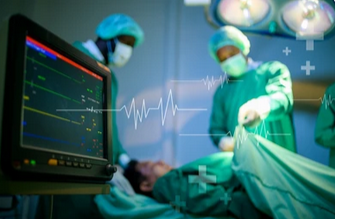


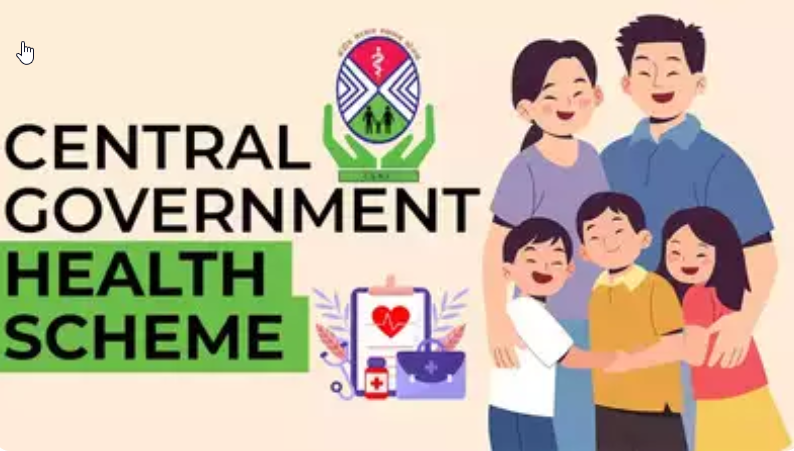
.jpg)
.jpg)
